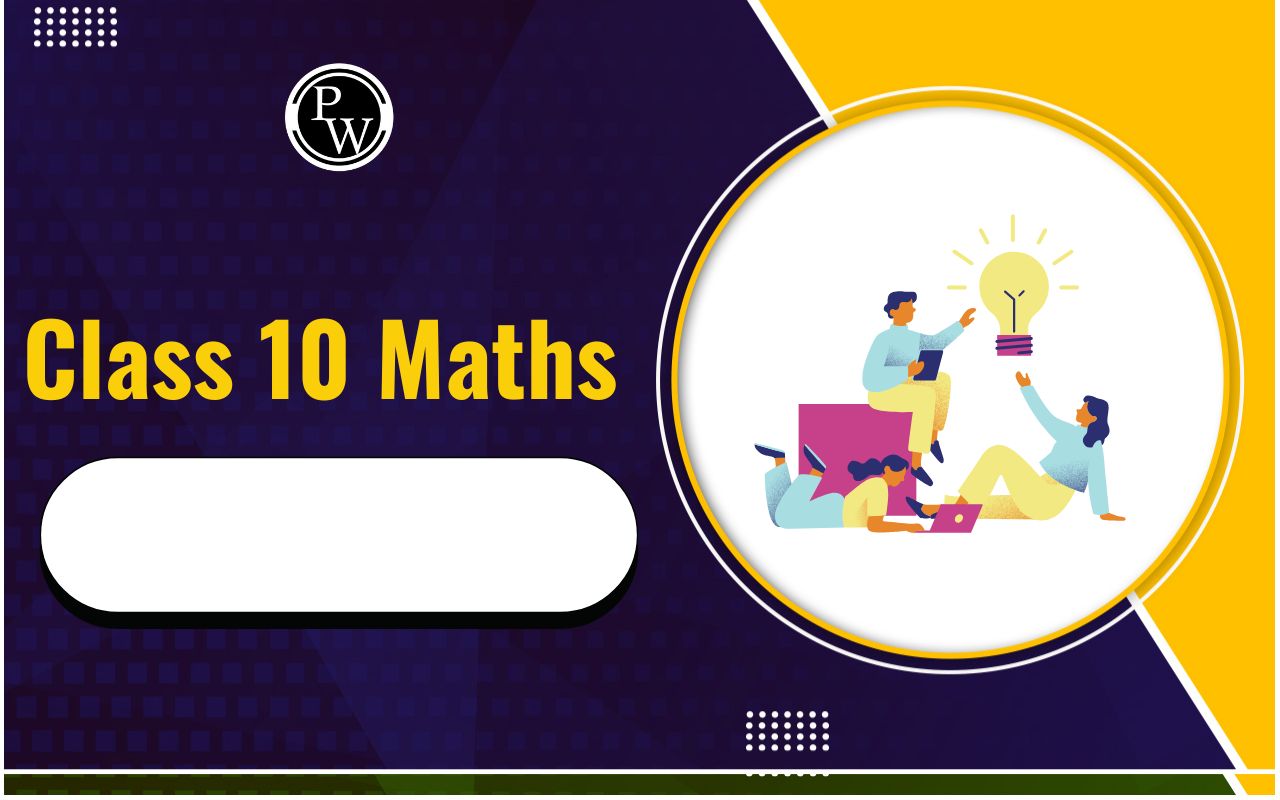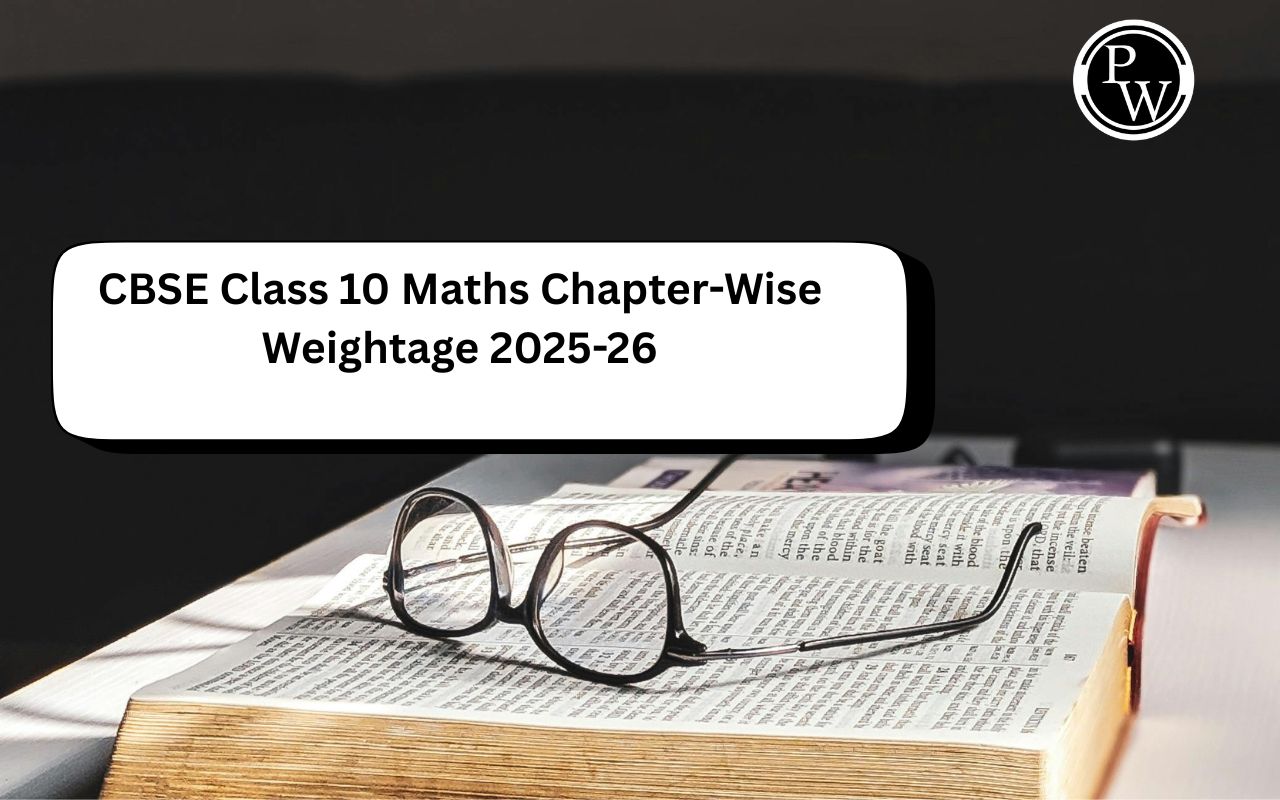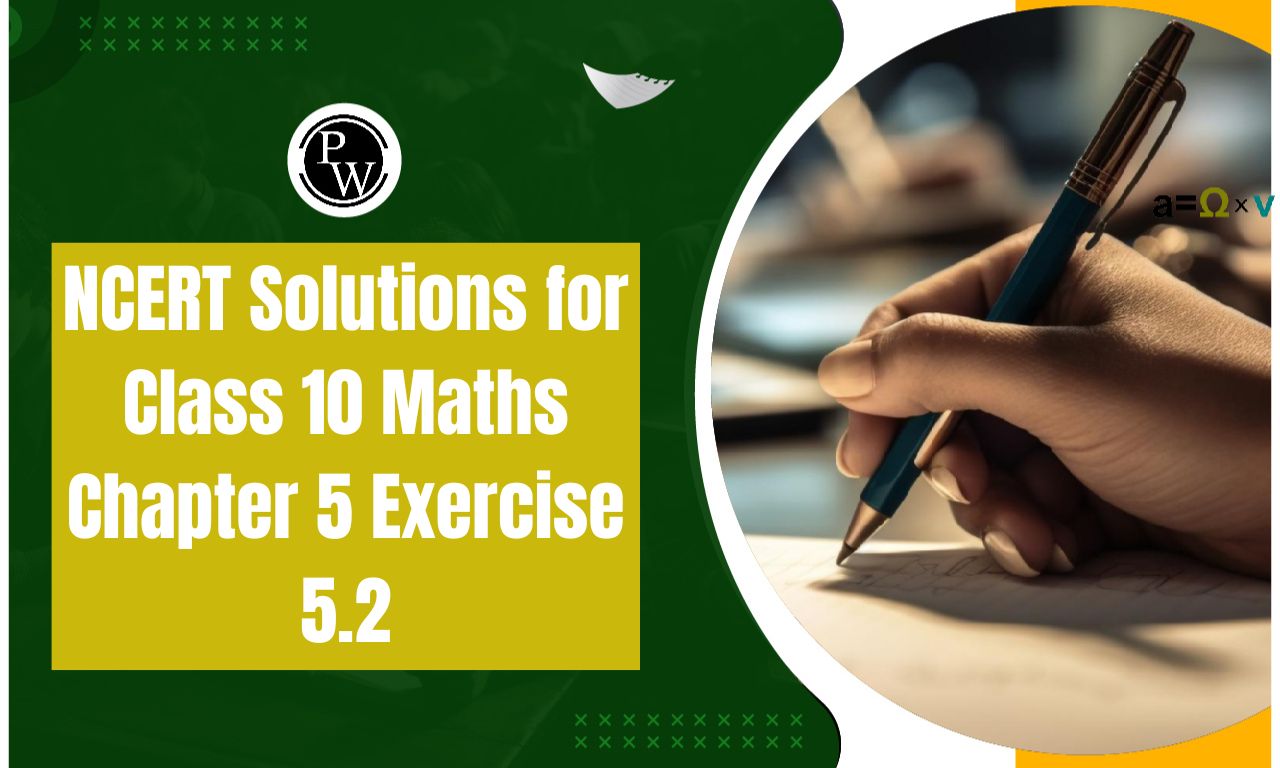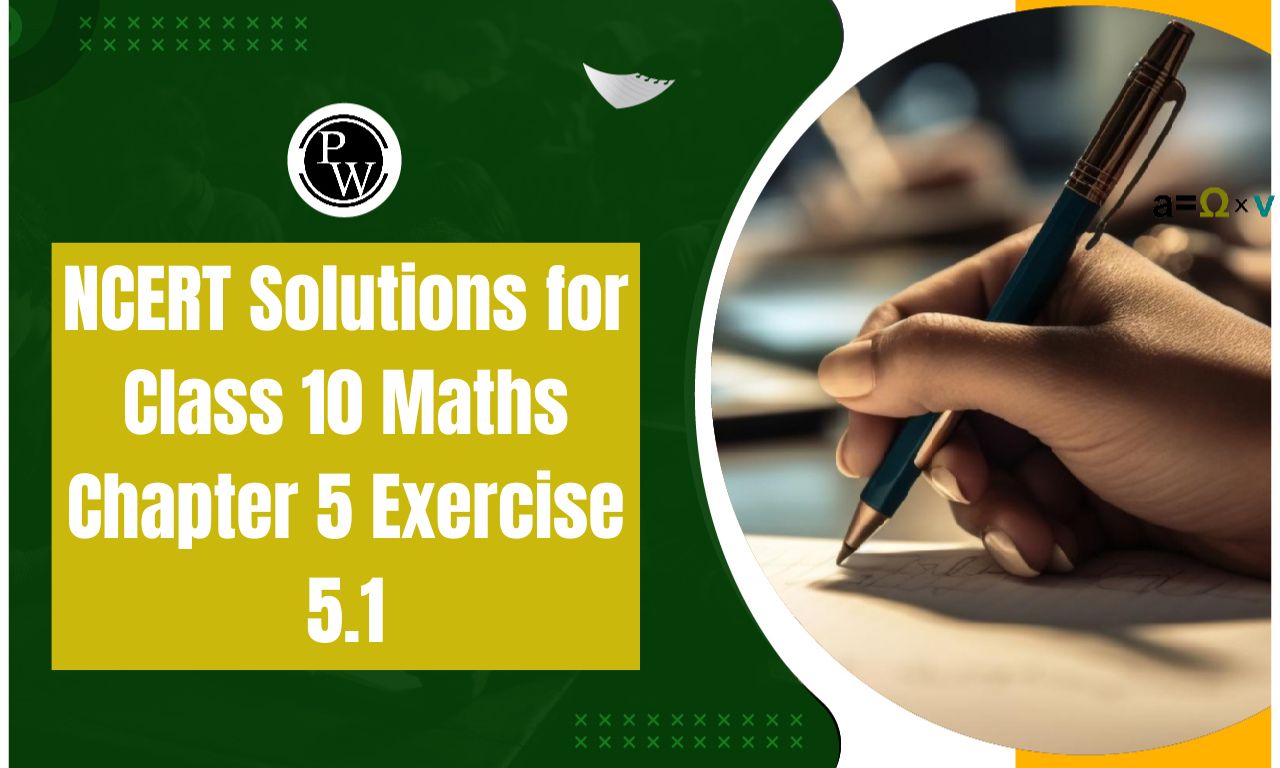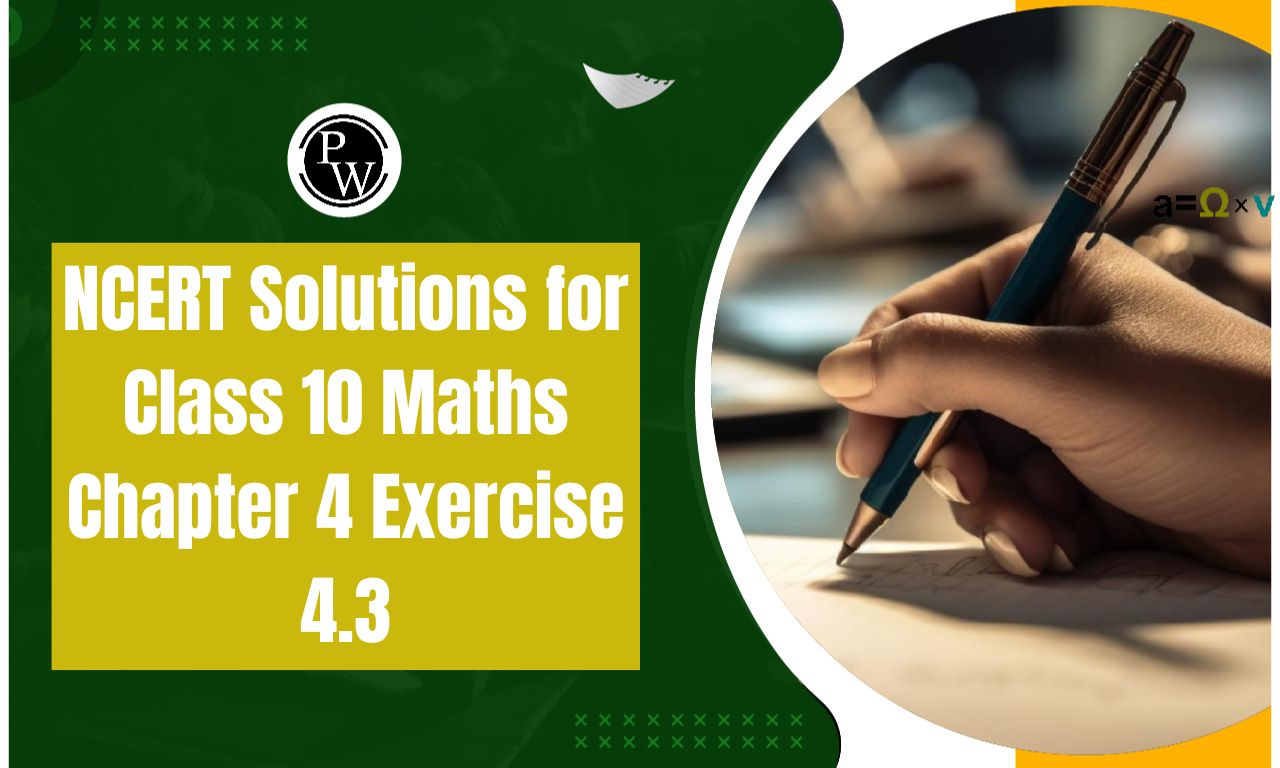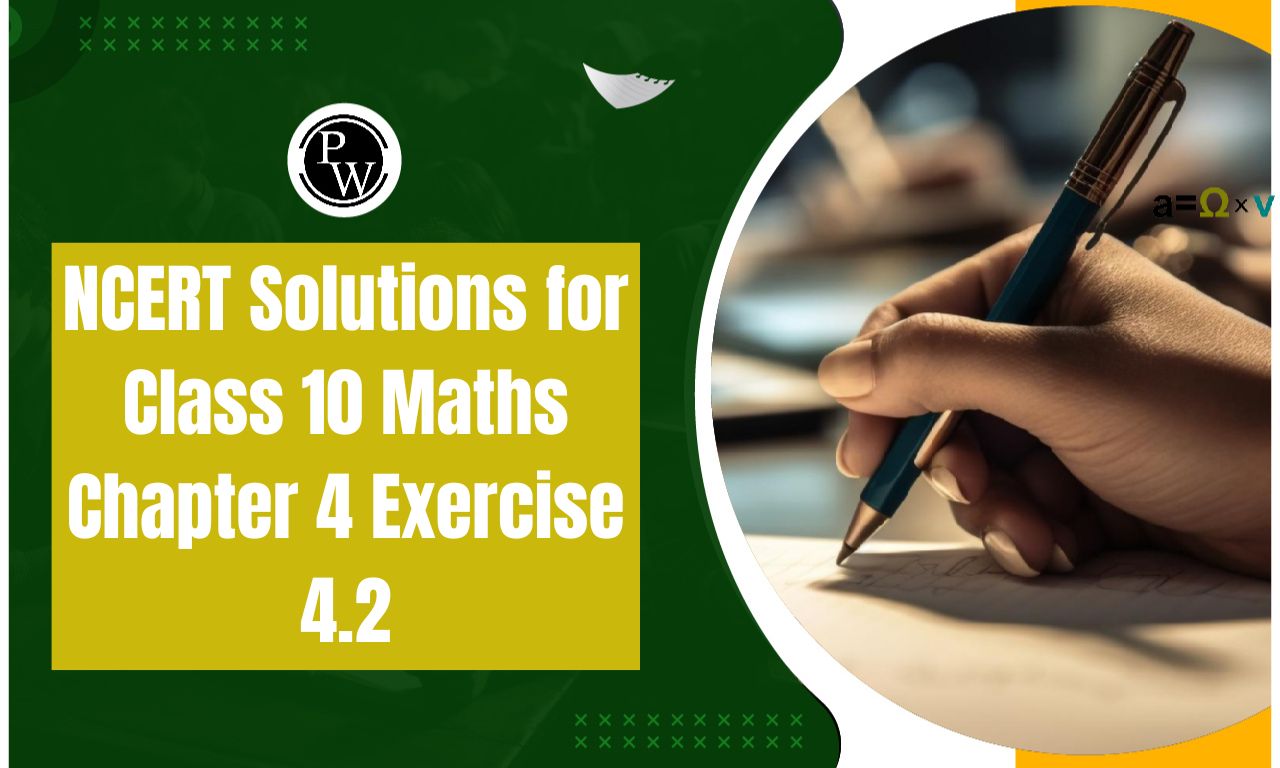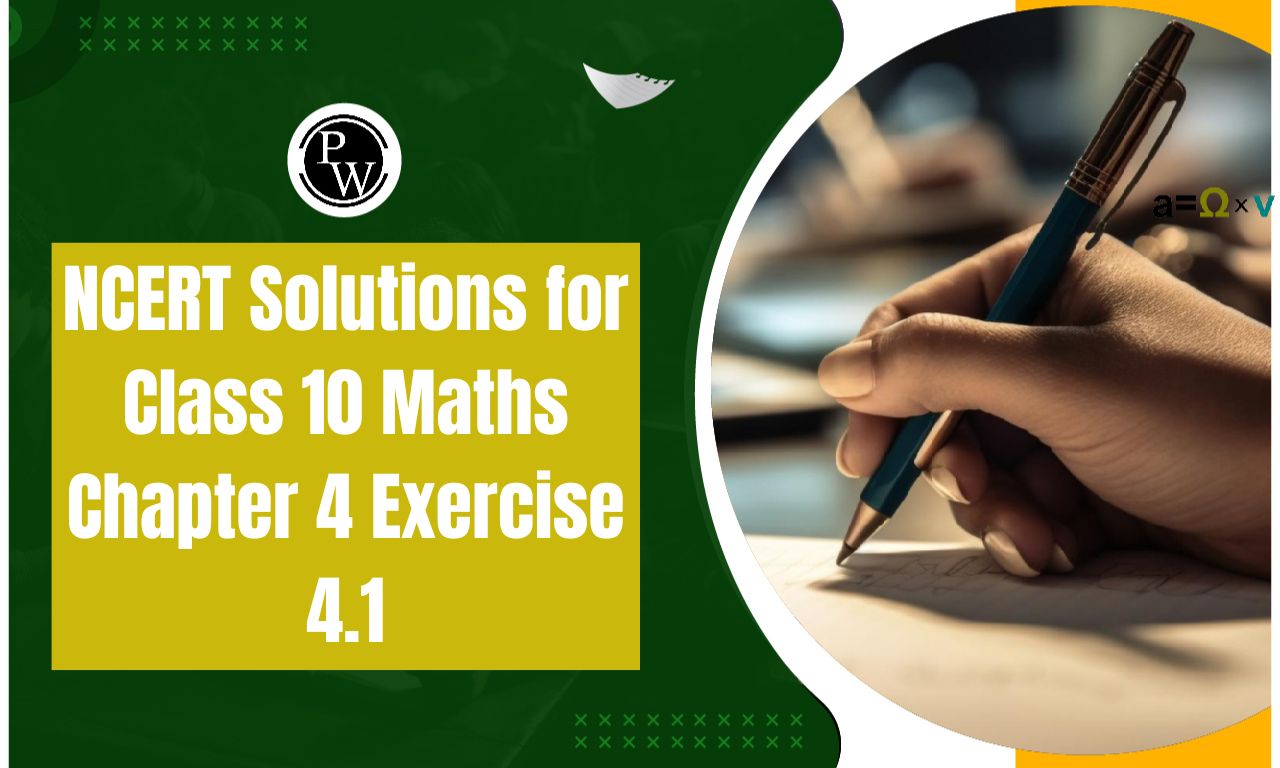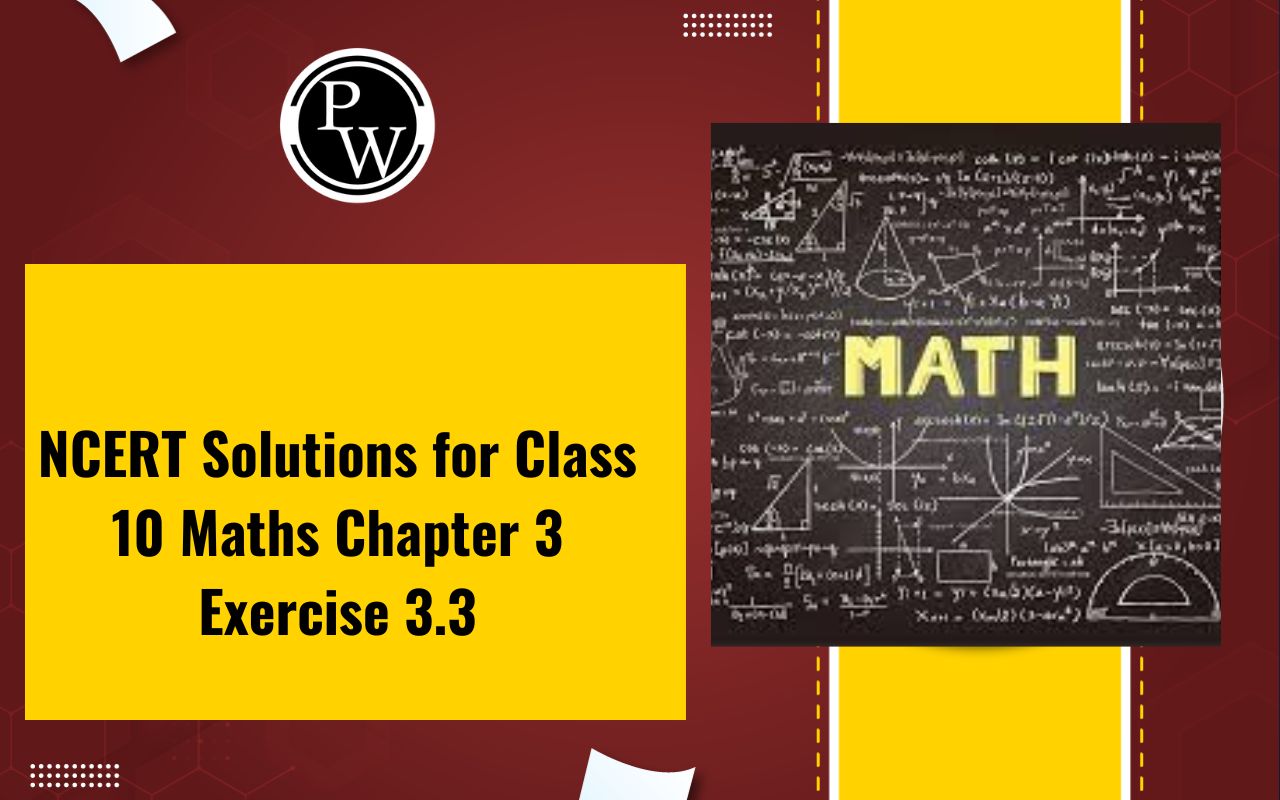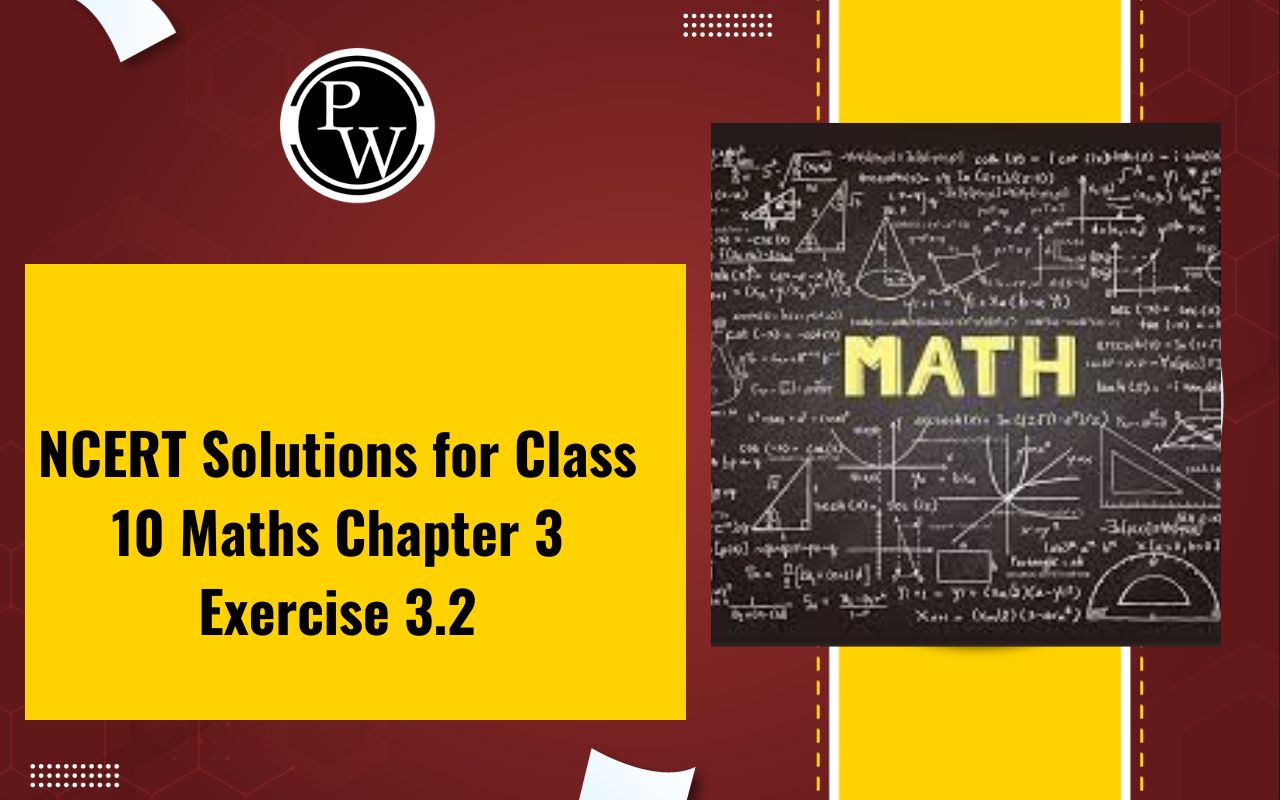
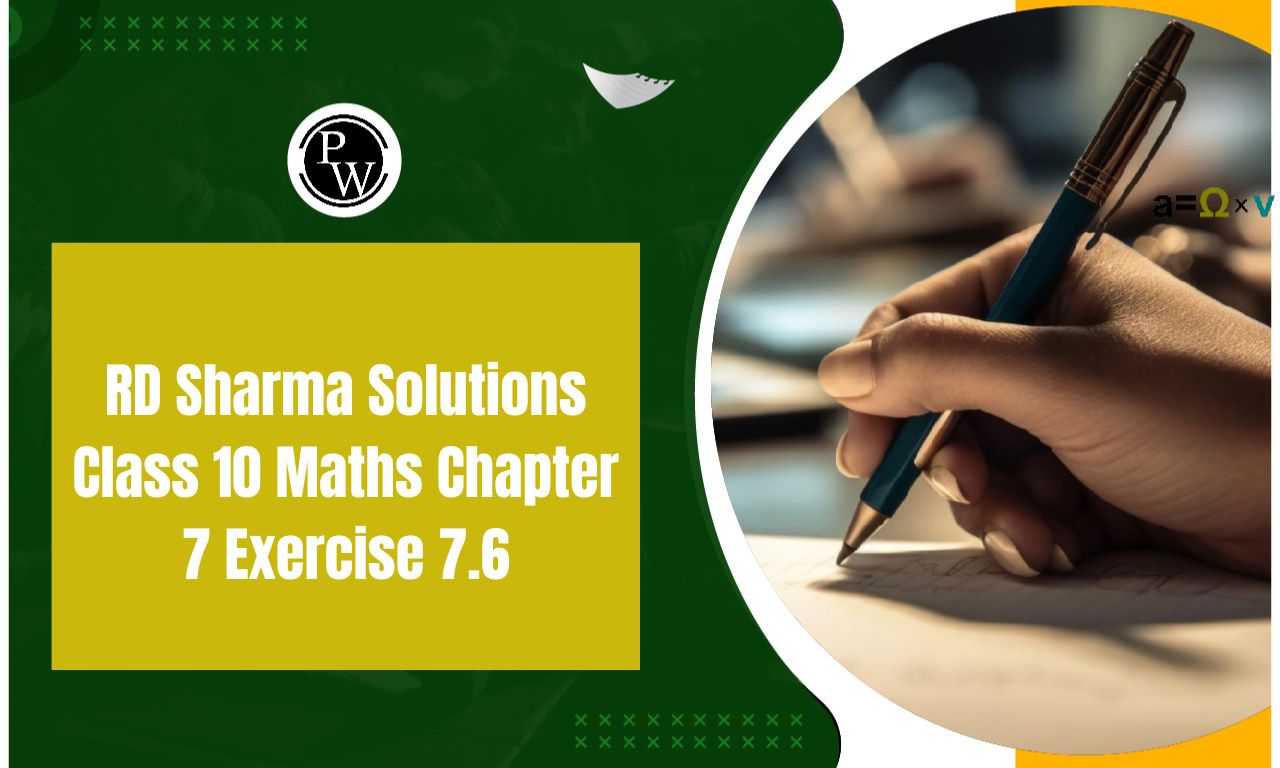
RD Sharma Solutions Class 10 Maths Chapter 7 Exercise 7.6: This exercise focuses on applying statistical methods to analyze grouped data effectively. Key topics include cumulative frequency distribution, drawing cumulative frequency curves (ogives), and determining measures like the median graphically. Students learn to interpret and solve problems involving data representation through histograms and frequency polygons.
This builds a foundation for data analysis by teaching visualization and interpretation techniques. Step-by-step solutions in RD Sharma emphasize understanding concepts, ensuring students grasp the methodology behind statistical calculations. The exercise is vital for mastering data handling and prepares students for real-world data analysis scenarios.RD Sharma Solutions Class 10 Maths Chapter 7 Exercise 7.6 Overview
Exercise 7.6 of RD Sharma Class 10 Maths focuses on Statistics, particularly on calculating the mean, median, and mode for grouped data. These concepts are critical for understanding data representation and analysis in real-life scenarios. Learning these methods equips students with the ability to interpret and summarize large datasets, which is essential for decision-making in fields like economics, business, and research. This chapter builds a strong foundation for advanced statistical studies in higher classes, enabling students to comprehend and analyze data trends effectively. Practicing these solutions ensures clarity and boosts problem-solving skills.RD Sharma Solutions Class 10 Maths Chapter 7 Exercise 7.6 PDF
Below, we have provided the RD Sharma Solutions for Class 10 Maths Chapter 7 Exercise 7.6 (Statistics) in a downloadable PDF format. This comprehensive resource is tailored to help students grasp key statistical concepts, including cumulative frequency distribution, graphical representation, and data interpretation. The step-by-step solutions are crafted to simplify challenging problems, making them accessible and easier to understand. Download the PDF to enhance your preparation, practice effectively, and excel in your Class 10 Maths exams.RD Sharma Solutions Class 10 Maths Chapter 7 Exercise 7.6 PDF
RD Sharma Solutions Class 10 Maths Chapter 7 Exercise 7.6 Statistics
Below is the RD Sharma Solutions Class 10 Maths Chapter 7 Exercise 7.6 Statistics -1. Draw an ogive by less than the method for the following data:
| No. of rooms | 1 | 2 | 3 | 4 | 5 | 6 | 7 | 8 | 9 | 10 |
| No. of houses | 4 | 9 | 22 | 28 | 24 | 12 | 8 | 6 | 5 | 2 |
Solution:
| No. of rooms | No. of houses | Cumulative Frequency |
| Less than or equal to 1 | 4 | 4 |
| Less than or equal to 2 | 9 | 13 |
| Less than or equal to 3 | 22 | 35 |
| Less than or equal to 4 | 28 | 63 |
| Less than or equal to 5 | 24 | 87 |
| Less than or equal to 6 | 12 | 99 |
| Less than or equal to 7 | 8 | 107 |
| Less than or equal to 8 | 6 | 113 |
| Less than or equal to 9 | 5 | 118 |
| Less than or equal to 10 | 2 | 120 |

2. The marks scored by 750 students in an examination are given in the form of a frequency distribution table:
| Marks | No. of Students |
| 600 – 640 | 16 |
| 640 – 680 | 45 |
| 680 – 720 | 156 |
| 720 – 760 | 284 |
| 760 – 800 | 172 |
| 800 – 840 | 59 |
| 840 – 880 | 18 |
Prepare a cumulative frequency distribution table by less than method and draw an ogive.
Solution:
| Marks | No. of Students | Marks Less than | Cumulative Frequency |
| 600 – 640 | 16 | 640 | 16 |
| 640 – 680 | 45 | 680 | 61 |
| 680 – 720 | 156 | 720 | 217 |
| 720 – 760 | 284 | 760 | 501 |
| 760 – 800 | 172 | 800 | 673 |
| 800 – 840 | 59 | 840 | 732 |
| 840 – 880 | 18 | 880 | 750 |

3. Draw an Ogive to represent the following frequency distribution:
| Class-interval | 0 – 4 | 5 – 9 | 10 – 14 | 15 – 19 | 20 – 24 |
| No. of students | 2 | 6 | 10 | 5 | 3 |
Solution:
Since the given frequency distribution is not continuous, we will have to first make it continuous and then prepare the cumulative frequency:| Class-interval | No. of Students | Less than | Cumulative frequency |
| 0.5 – 4.5 | 2 | 4.5 | 2 |
| 4.5 – 9.5 | 6 | 9.5 | 8 |
| 9.5 – 14.5 | 10 | 14.5 | 18 |
| 14.5 – 19.5 | 5 | 19.5 | 23 |
| 19.5 – 24.5 | 3 | 24.5 | 26 |

4. The monthly profits (in Rs) of 100 shops are distributed as follows:
| Profit per shop | No of shops: |
| 0 – 50 | 12 |
| 50 – 100 | 18 |
| 100 – 150 | 27 |
| 150 – 200 | 20 |
| 200 – 250 | 17 |
| 250 – 300 | 6 |
Draw the frequency polygon for it.
Solution:
Doing for the less than method, we have| Profit per shop | Mid-value | No of shops: |
| Less than 0 | 0 | 0 |
| Less than 0 – 50 | 25 | 12 |
| Less than 50 – 100 | 75 | 18 |
| Less than 100 – 150 | 125 | 27 |
| Less than 150 – 200 | 175 | 20 |
| Less than 200 – 250 | 225 | 17 |
| Less than 250 – 300 | 275 | 6 |
| Above 300 | 300 | 0 |

5. The following distribution gives the daily income of 50 workers of a factory:
| Daily income (in Rs): | No of workers: |
| 100 – 120 | 12 |
| 120 – 140 | 14 |
| 140 – 160 | 8 |
| 160 – 180 | 6 |
| 180 – 200 | 10 |
Convert the above distribution to a ‘less than’ type cumulative frequency distribution and draw its ogive.
Solution:
Firstly, we prepare the cumulative frequency table by less than method as given below:| Daily income | Cumulative frequency |
| Less than 120 | 12 |
| Less than 140 | 26 |
| Less than 160 | 34 |
| Less than 180 | 40 |
| Less than 200 | 50 |

Benefits of Solving RD Sharma Solutions Class 10 Maths Chapter 7 Exercise 7.6
Solving RD Sharma Solutions Class 10 Maths Chapter 7 Exercise 7.6 (Statistics) offers multiple benefits for students. Here are some key advantages:1. Strengthens Conceptual Understanding
Exercise 7.6 focuses on Statistics, particularly problems related to measures like mean, median, mode, and their applications. By solving these problems, students gain a deep understanding of statistical concepts and their significance in data analysis.2. Enhances Problem-Solving Skills
RD Sharma's problems are designed to challenge students' problem-solving abilities. Students learn to approach problems step-by-step, which is critical for exams like the CBSE Class 10 Board Exam.3. Improves Calculation Speed and Accuracy
Statistics problems often require calculations involving large data sets, averages, and frequencies. Regular practice helps improve speed and accuracy in these calculations, reducing errors during exams.4. Prepares for Board Exams
The exercise includes a variety of questions, from basic to advanced level, aligned with the CBSE syllabus. This comprehensive preparation ensures students are well-prepared for board exam questions based on Statistics.5. Builds Analytical Thinking
Statistics involves interpreting data, understanding trends, and making logical conclusions. Solving Exercise 7.6 trains students to analyze and interpret data effectively, a skill valuable in academics and real-life applications.RD Sharma Solutions Class 10 Maths Chapter 7 Exercise 7.6 FAQs
Is RD Sharma enough for maths class 10?
Which is the hardest chapter in maths class 10?
Is RD Sharma harder than Ncert?
Is ICSE maths easy?




